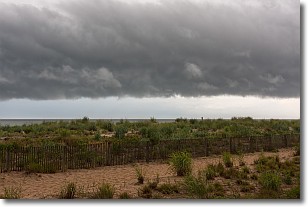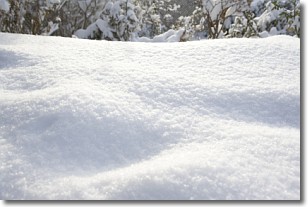Weather Alert in Oklahoma
Flood Watch issued June 3 at 9:13PM CDT until June 6 at 9:00AM CDT by NWS Norman OK
AREAS AFFECTED: Atoka
DESCRIPTION: ...The Flood Watch continues for the following rivers in Oklahoma... Clear Boggy Creek near Caney affecting Atoka County. * WHAT...Flooding is possible. * WHERE...Clear Boggy Creek near Caney. * WHEN...From Thursday evening to late Friday morning. * IMPACTS...At 26.0 feet, The creek reaches bankfull levels in western Atoka County and the northeastern edge of Bryan County. High stages on small feeder streams could further result in greater-than-bankfull overflows to mainstem bottomlands. Croplands... pastures... and some secondary rural roads along and near Clear Boggy Creek are affected. * ADDITIONAL DETAILS... - At 8:30 PM CDT Tuesday the stage was 13.5 feet. - Forecast...Flood stage may be reached Thursday evening. - Flood stage is 26.0 feet. - http://www.weather.gov/safety/flood
INSTRUCTION: If you are in the watch area, remain alert to possible flooding. Additional information is available at www.weather.gov.
Want more detail? Get the Complete 7 Day and Night Detailed Forecast!
Current U.S. National Radar--Current
The Current National Weather Radar is shown below with a UTC Time (subtract 5 hours from UTC to get Eastern Time).

National Weather Forecast--Current
The Current National Weather Forecast and National Weather Map are shown below.

National Weather Forecast for Tomorrow
Tomorrow National Weather Forecast and Tomorrow National Weather Map are show below.

North America Water Vapor (Moisture)
This map shows recent moisture content over North America. Bright and colored areas show high moisture (ie, clouds); brown indicates very little moisture present; black indicates no moisture.

Weather Topic: What are Shelf Clouds?
Home - Education - Cloud Types - Shelf Clouds
 Next Topic: Sleet
Next Topic: Sleet
A shelf cloud is similar to a wall cloud, but forms at the front
of a storm cloud, instead of at the rear, where wall clouds form.
A shelf cloud is caused by a series of events set into motion by the advancing
storm; first, cool air settles along the ground where precipitation has just fallen.
As the cool air is brought in, the warmer air is displaced, and rises above it,
because it is less dense. When the warmer air reaches the bottom of the storm cloud,
it begins to cool again, and the resulting condensation is a visible shelf cloud.
Next Topic: Sleet
Weather Topic: What is Snow?
Home - Education - Precipitation - Snow
 Next Topic: Stratocumulus Clouds
Next Topic: Stratocumulus Clouds
Snow is precipitation taking the form of ice crystals. Each ice crystal, or snowflake,
has unique characteristics, but all of them grow in a hexagonal structure.
Snowfall can last for sustained periods of time and result in significant buildup
of snow on the ground.
On the earth's surface, snow starts out light and powdery, but as it begins to melt
it tends to become more granular, producing small bits of ice which have the consistency of
sand. After several cycles of melting and freezing, snow can become very dense
and ice-like, commonly known as snow pack.
Next Topic: Stratocumulus Clouds
Current conditions powered by WeatherAPI.com




